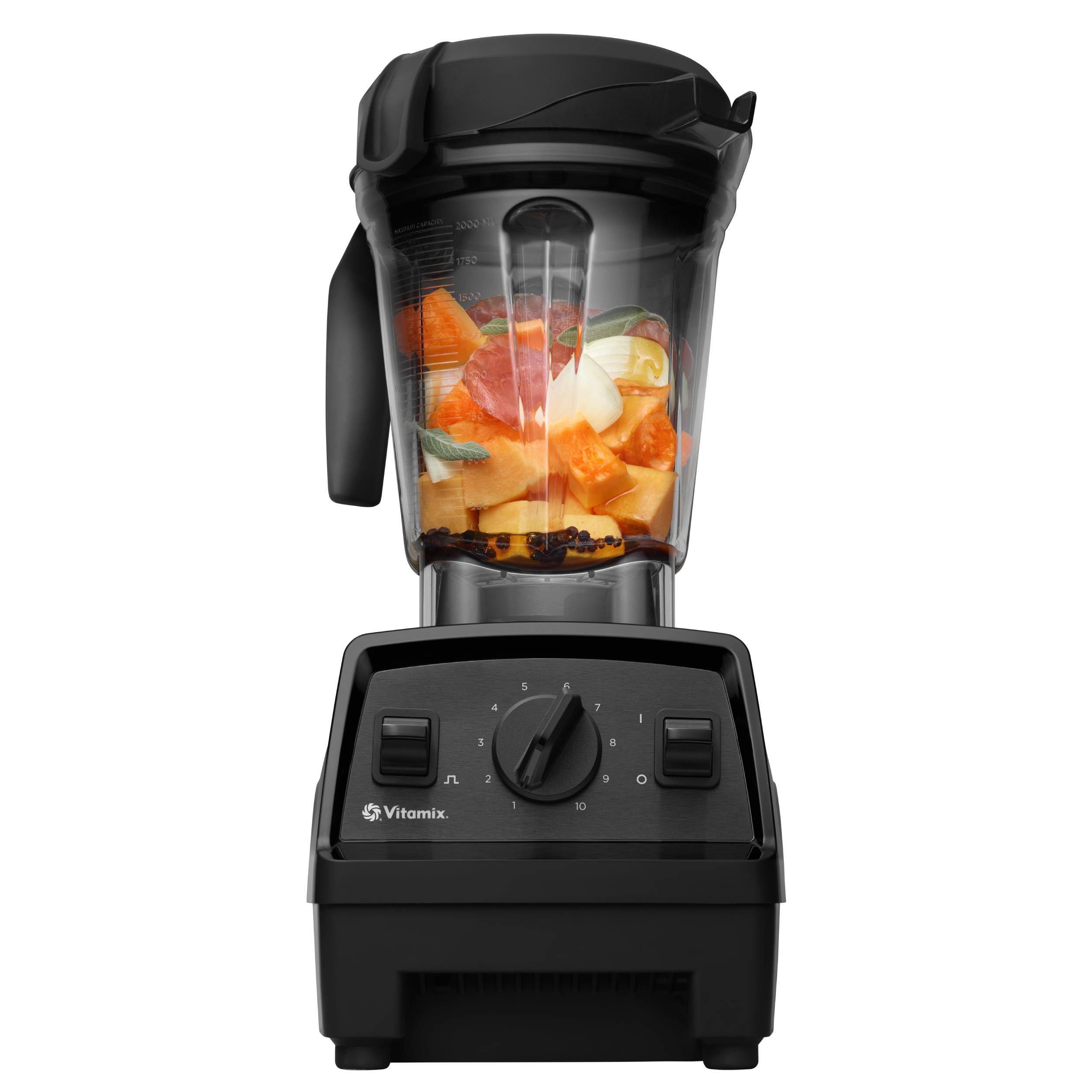Ever hopped in the shower only to be greeted by lukewarm water? You’re not alone. Many people face the frustrating issue of a hot water heater that’s warm but not hot enough. It’s annoying when you expect a steamy shower and end up shivering instead.
Key Takeaways
- Hot Water Heater Basics: Understand the essential components of hot water heaters, including the thermostat, heating elements, burner, and dip tube, to troubleshoot heating issues effectively.
- Common Problems: Identify frequent issues such as sediment buildup, faulty thermostats, defective heating elements, gas supply problems, and excessive water usage that can result in warm, but not hot, water.
- Symptoms of Insufficient Heat: Look for signs indicating trouble, including lukewarm water during showers, inconsistent temperatures, extended heating times, low water pressure, and increased energy bills.
- Troubleshooting Steps: Follow maintenance steps like checking thermostat settings, inspecting for sediment buildup, and evaluating heating elements to restore proper hot water functionality.
- Professional Help: Know when to call a technician, especially if you experience inconsistent temperatures, no hot water, unusual noises, frequent repairs, or significant increases in energy costs.
- Choosing a Technician: Ensure you hire a licensed, experienced professional and check reviews and estimates to guarantee quality service for hot water heater repairs.
Understanding Hot Water Heater Functionality
Hot water heaters play a critical role in your home, providing the hot water you rely on daily. Understanding how these systems work and the common issues they face helps you troubleshoot problems effectively.
How Hot Water Heaters Work
Hot water heaters operate using either electricity or gas to heat water. Once the water reaches the set temperature, the thermostat signals the heater to stop heating. Key components include:





- Thermostat: Regulates the water temperature. If it’s malfunctioning, it may prevent the heater from reaching higher temperatures.
- Heating Element: In electric units, it heats the water directly. A faulty element can result in lukewarm water.
- Burner: In gas heaters, the burner ignites to heat the water. A malfunctioning burner can significantly impact water temperature.
- Dip Tube: Directs cold water to the bottom of the heater where it gets heated. If it’s damaged, cold water mixes with hot water, lowering the water temperature.
Knowing these components helps identify problems when the water is warm but not hot.
Common Issues with Hot Water Heaters
Several problems can lead to insufficient hot water. Here are common issues to check:
- Sediment Buildup: Sediment can accumulate at the bottom of the tank, insulating the water from the heating element. Flushing the tank annually can prevent this.
- Faulty Thermostat: If the thermostat isn’t functioning correctly, it might not register the need for more heat. Testing and replacing it might resolve the issue.
- Defective Heating Elements: For electric heaters, one or both elements may fail. Testing them with a multimeter helps determine if they need replacement.
- Gas Supply Issues: For gas heaters, check the gas supply to ensure it’s functioning. An empty tank or closed valve affects the burner operation.
- Water Usage: Running multiple fixtures simultaneously can deplete hot water quickly. Limiting simultaneous usage can alleviate the issue.
Addressing these common problems effectively ensures you maintain a reliable supply of hot water when you need it.
Identifying the Problem: Warm But Not Hot
When your hot water heater provides warm water instead of hot, it’s essential to identify the underlying issue. Several symptoms can indicate problems with your unit, along with potential causes that may require further investigation.
Symptoms of Insufficient Hot Water
- Lukewarm Shower Water: When you step into the shower expecting hot water but find it only warm, this is the most immediate sign something’s wrong.
- Inconsistent Temperature: You may notice the temperature fluctuating during showers or when using hot water for cleaning purposes.
- Extended Heating Time: Hot water might take longer than usual to become available, leading to frustration when you need it quickly.
- Low Water Pressure: You might experience reduced water pressure when trying to get hot water, making tasks like washing dishes more challenging.
- Increased Energy Bills: A sharp increase in your energy bills can indicate inefficiencies with your heater.
- Sediment Buildup: Over time, minerals can accumulate in the tank, insulating water from the heating elements. This buildup can cause inadequate heating.
- Faulty Thermostat: A malfunctioning thermostat may not signal the heating element to operate correctly, resulting in insufficient temperatures.
- Defective Heating Element: If your unit uses electric heating elements, one or both may fail. This results in warm water instead of hot.
- Gas Supply Issues: For gas water heaters, inadequate gas supply can hinder burner performance, impacting how quickly water heats.
- Excessive Water Usage: Running multiple hot water fixtures simultaneously can strain your heater, leading to insufficient water temperatures.
By recognizing these symptoms and potential causes, you can effectively troubleshoot your hot water heater.





Troubleshooting Steps
If your hot water heater is warm but not hot, follow these troubleshooting steps to identify and resolve the issue.
Check the Thermostat Settings
Verify the thermostat settings on your hot water heater. The recommended temperature for optimal performance is typically between 120°F and 140°F. If the setting is lower, adjust it higher. Use a flathead screwdriver to turn the dial carefully. After adjusting, allow time for the water to heat up—typically 30 to 60 minutes.
Inspect for Sediment Buildup
Inspect the tank for sediment buildup. Sediment can accumulate over time, insulating the heating elements and reducing efficiency. To check for sediment, turn off the power supply, connect a hose to the drain valve, and open it to drain several gallons of water. Look for cloudy or gritty sediment in the water. If you find sediment, consider flushing the tank completely. This process should be done at least once a year.
Evaluate the Heating Elements
Evaluate the heating elements if you have an electric hot water heater. Turn off the power supply, remove the access panels, and inspect the elements for signs of damage or corrosion. You can test them with a multimeter for continuity. If an element is faulty, replace it to restore proper heating. For gas heaters, check the burner flame. A yellow or orange flame indicates issues. Clean the burner or consult a professional for adjustment if necessary.
When to Call a Professional
If your hot water heater provides warm water instead of hot, you should consider seeking professional assistance. Recognizing the right time to call in an expert can save time and prevent further damage.





Signs You Need Expert Help
- Inconsistent Temperature: If water temperatures fluctuate dramatically during use, it’s time to consult a technician.
- No Hot Water: If the heater fails to produce hot water entirely, immediate help is necessary.
- Unusual Noise: Banging or rumbling sounds from the tank often indicate sediment buildup or other issues needing expert attention.
- Frequent Repairs: If you’ve recently made multiple fixes, a professional evaluation may determine if the heater needs replacement.
- Increased Energy Bills: A significant rise in utility costs can signal inefficiency, suggesting a deeper problem requiring expert insight.
- Check Certifications: Ensure the technician is licensed and insured to perform water heater repairs or installations in your area.
- Evaluate Experience: Look for professionals with a proven track record in handling hot water heater issues.
- Read Reviews: Seek customer testimonials online to gauge the technician’s reliability and quality of service.
- Request Estimates: Obtain written quotes from multiple services to compare pricing and ensure transparency.
- Verify Warranty: Confirm if the technician offers a warranty on repairs, ensuring peace of mind for the work conducted.
Taking these steps ensures you receive quality service and an effective solution to restore your hot water heater’s functionality.
Conclusion
Dealing with lukewarm water can be a real hassle. By understanding the common issues and symptoms related to your hot water heater you can take steps to troubleshoot and resolve the problem. Whether it’s checking the thermostat or inspecting for sediment buildup you have the power to restore that comforting hot water flow.
If you find that DIY fixes aren’t cutting it don’t hesitate to call in a professional. With the right help you can ensure your hot water heater runs efficiently and keeps your showers warm and inviting. Remember a little maintenance goes a long way in preventing future frustrations.
Frequently Asked Questions
What causes lukewarm water in the shower?
Lukewarm water from your shower can be caused by various issues, including sediment buildup in the hot water heater, a faulty thermostat, or a defective heating element. Additionally, excessive simultaneous water usage can overwhelm the heater, leading to insufficient hot water supply.
How can I troubleshoot my hot water heater?
To troubleshoot your hot water heater, start by checking the thermostat settings and inspecting for sediment buildup. Examine the heating elements for damage and ensure there is adequate gas supply for gas heaters. These steps can help identify common issues affecting hot water delivery.
When should I call a professional for my hot water heater?
You should call a professional if you experience inconsistent temperatures, have no hot water, hear unusual noises, face frequent repairs, or notice increased energy bills. These signs often indicate underlying problems that require expert attention.
How do I know if my heating element is defective?
Signs of a defective heating element include lukewarm water, extended heating times, or strange noises from the tank. If you’ve checked the thermostat and sediment buildup and still face issues, the heating element may need replacement.
What are the key components of a hot water heater?
The key components of a hot water heater include the thermostat, heating element, burner (for gas heaters), and dip tube. Understanding these parts is essential for troubleshooting hot water issues and ensuring proper function.

Hey, I’m Jake. I focus on cooling systems at Appliance Mastery, like fridges, freezers, and air conditioners.
I’ve worked in appliance repair for more than ten years and I’m certified through NASTeC. I’ve seen just about every fridge issue you can imagine.
My goal is to help you fix problems without stress. Whether it’s a freezer that won’t cool or an AC that keeps beeping, I’m here to walk you through it.
